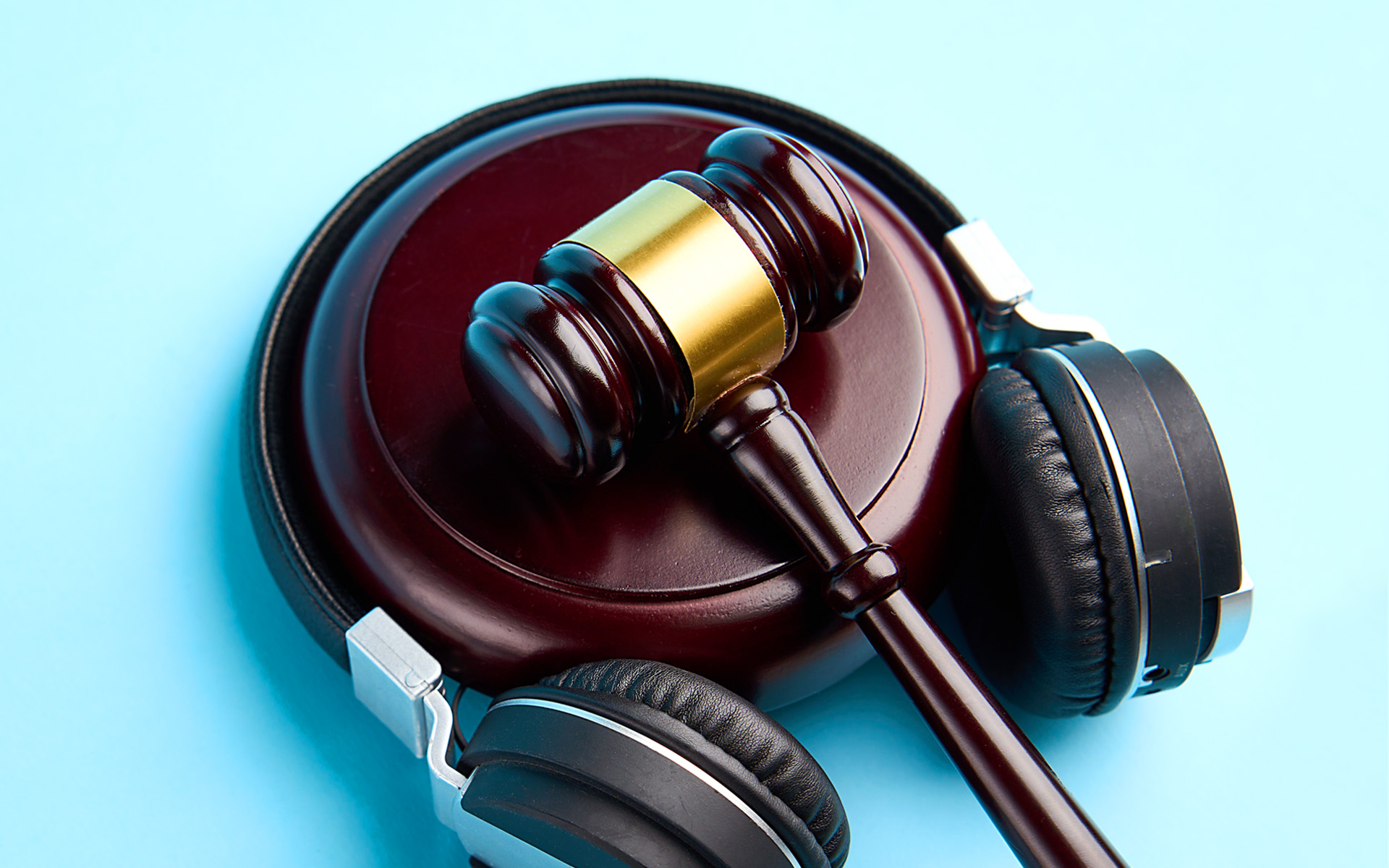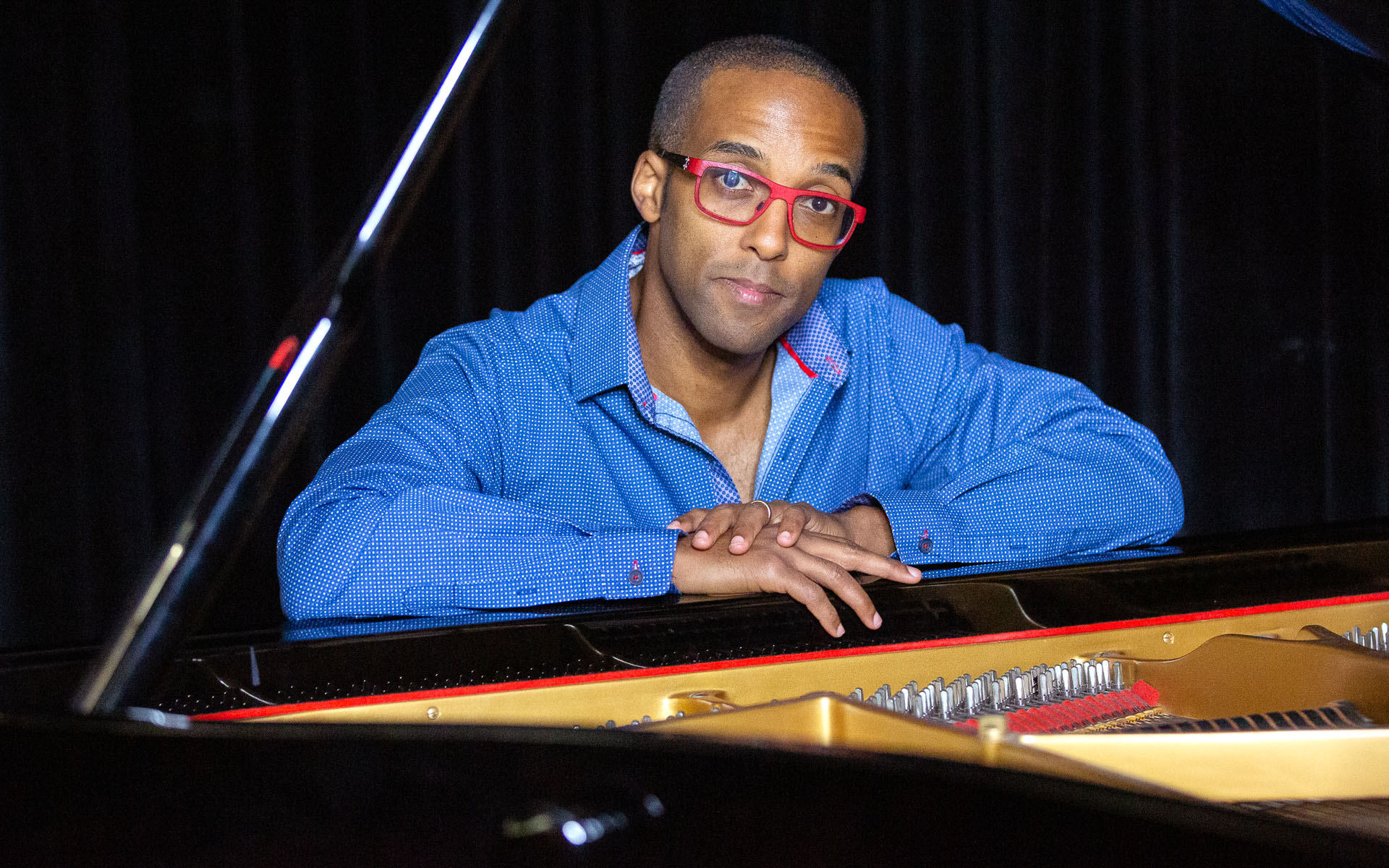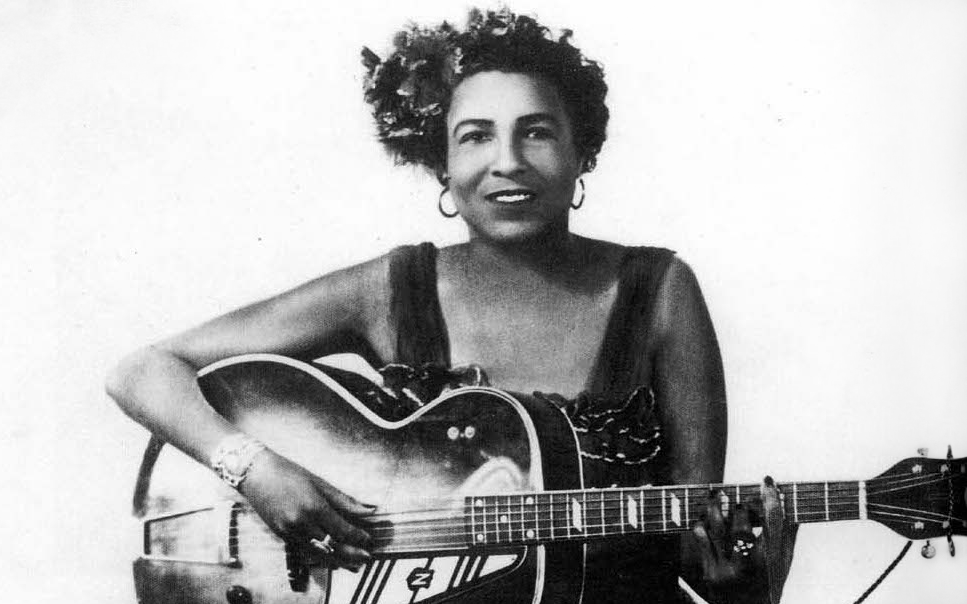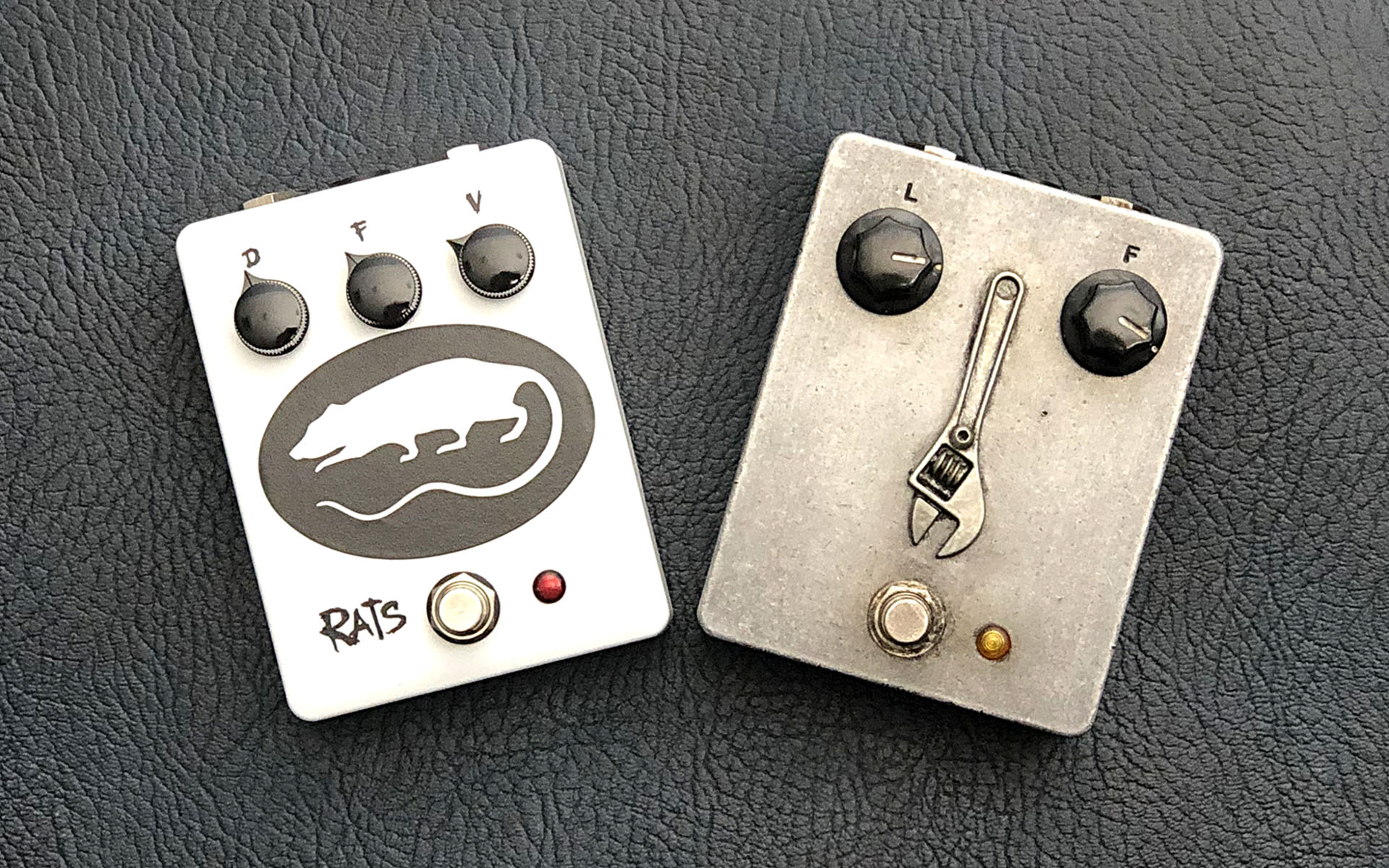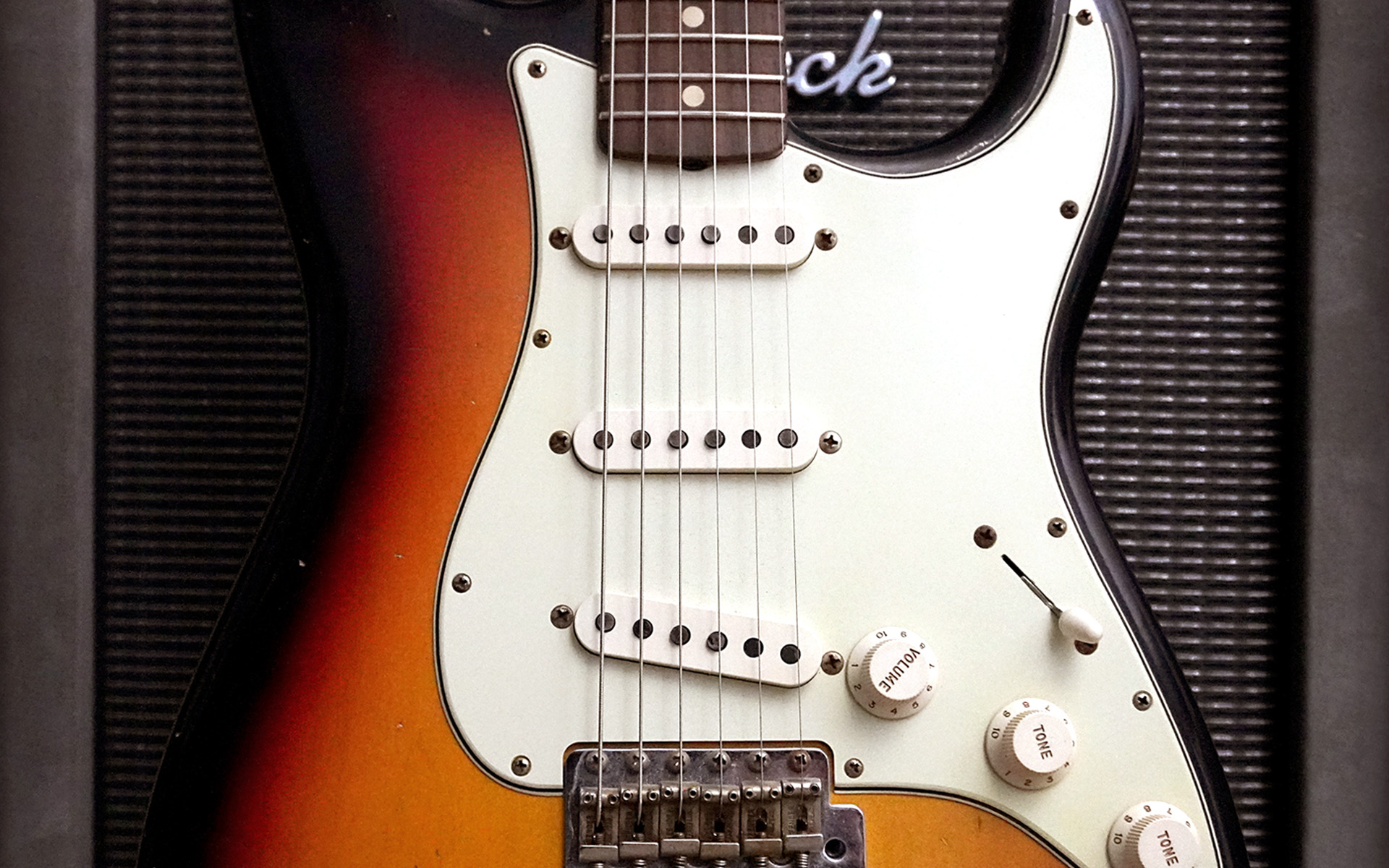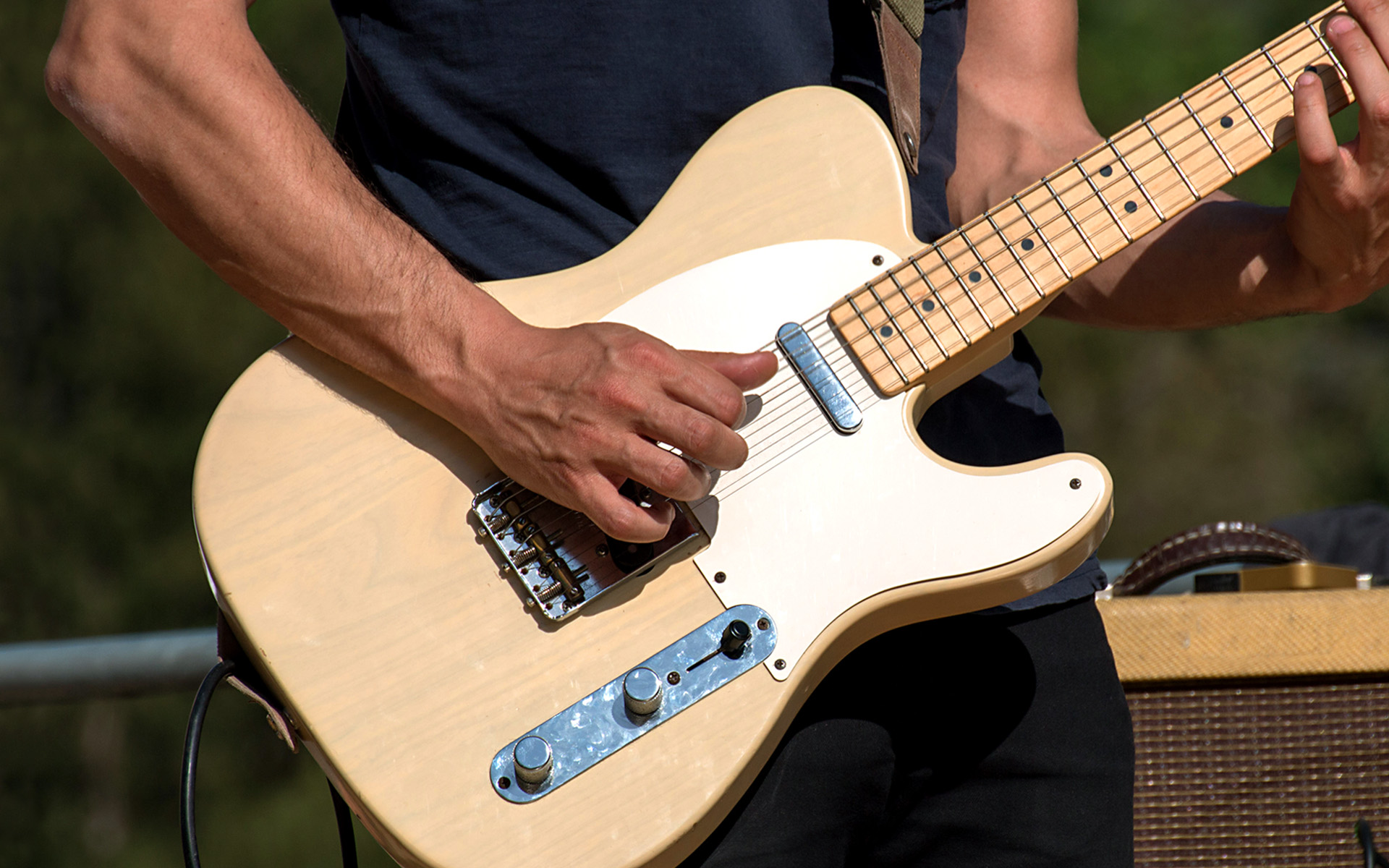Being able to transcribe recordings and performances is an important aspect of learning musicianship and gaining command over your technique. Michael Kaplan is a guitarist, writer, and the director of the American Guitar Academy in Tokyo, Japan. He just released the book Contemporary Jazz Guitar Solos (Berklee Press), a follow-up to his first book Bebop Guitar Solos. Both contain meticulously notated jazz solos. Here’s my interview with Michael about the art of transcription and its proper place in the education of any guitarist or musician.
Jonathan: Why should guitarists learn solos by master guitarists?
Michael: Because music is a language and the natural way to learn a language is by copying others who speak the language fluently. Therefore, guitarists, and all instrumentalists should learn transcribed solos by the masters of their instrument in whatever style of music they are interested in.
What are the benefits of studying written transcriptions vs. transcribing by ear?
Transcribing by ear is always the better way to go. That way, you get all of the nuances of the player. However, some people’s ears are not up to the level to do that yet. In that case, using written transcriptions is a very good tool to use until your ear is developed enough to hear everything on your own. Keep in mind that even if you are using a written transcription, it is imperative to listen to the recording of the transcription to be able to better understand the player’s feel, articulation, nuances, etc.
Do you use the solos by the masters in performance, or just in practice?
Both. That being said, you would never go on a gig and play someone else’s solo note for note. Ideally, you will practice the solo until it you had it down, could replay it in your mind, sing it, feel it, and so on. However, that is just the first step. The next step is to extract phrases that you like and practice them in all keys. In the case of the guitar you should practice them in multiple positions on the fretboard. Eventually, all of this stuff like gets in your bones, and you end up developing your own style with influences of everything and everyone you ever listened to.
What is your process for transcribing solos?
I am old fashioned when it comes transcribing, perhaps to a fault, and still like to first write things out by hand. First, I listen to the recording as many times as I have to until I can hear the solo in my head and sing it. Then I pick up the guitar and start figuring out the solo. I of course use the recording as a reference for parts that I cannot remember. It is important to note that I do not write down the solo until I can play it perfectly from memory. Once I can do that, I write everything out on paper and finally enter it into a music notation software program.
How do you decide what level of detail to include in your transcriptions, for things like articulations and fingerings?
It is difficult to get 100% of the nuances of a language on paper. However, I am meticulous in making sure that the notes and rhythms are correct. I am also very careful in notating slides, slurs, and bends, and all of the articulations as best as possible.
What are the qualities that make ahigh quality transcription?
First, getting the notes, rhythms, and chord changes correct. Next, trying to include all of the articulations and notate them as best as possible.
What are some common mistakes that people make when transcribing solos?
One mistake would be transcribing phrase by phrase, which does not give you a sense of the whole solo. Another mistake that people make is getting stuck on a part that for some reason you can’t hear. In that case, you should move on and come back to that phrase later.
After completing these two books, first of bebop solos and more recently of contemporary jazz solos, what new insights do you have regarding the core, defining characteristics of those two styles?
The main difference between the two books is that the Contemporary book shows the guitarists using more complex melodies, harmonies and technique on the instrument. There are also more influences from rock, pop, funk, R&B, and music from cultures all around the world. The Bebop book is more traditional as bebop is a language from the 1940s and ’50s.
Do you have any gear recommendations for getting more authentic sounds, both for bebop and for contemporary jazz playing?
Traditional jazz and bebop guitarists stereotypically use a hollow body guitar with heavy guage strings plugged directly into an amplifier. More contemporary guitarists have many more choices. Some use semi hollow body guitars, some use full solid body guitars like a Fender Stratocaster, and some even use acoustic guitars. In addition, the modern guitarist has as a whole slew of effect pedals to choose form.
Are there any other “quick fixes” that will give your playing a more authentic sound, as relates to these styles? Such as special strings, picks, or techniques.
Unfortunately, there is no “quick fix.” Listen and figure out the styles of the musicians you love. It is a good idea to be open minded and listen to all instrumentalist of all styles of music.
Could you point us to a favorite of one of the solos in this book, played by the master?
Here’s John Scofield performing “All the Things You Are.”






